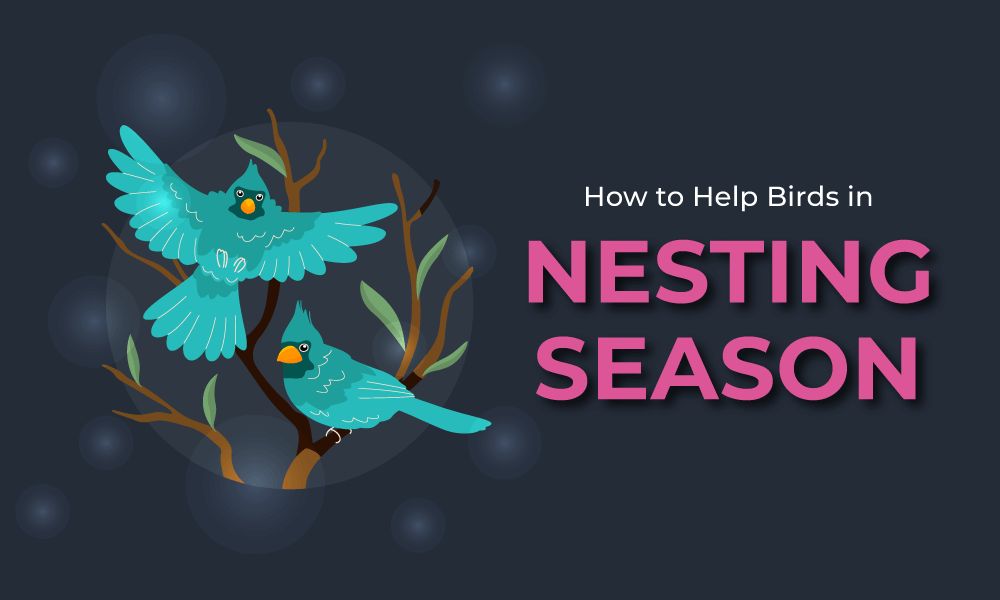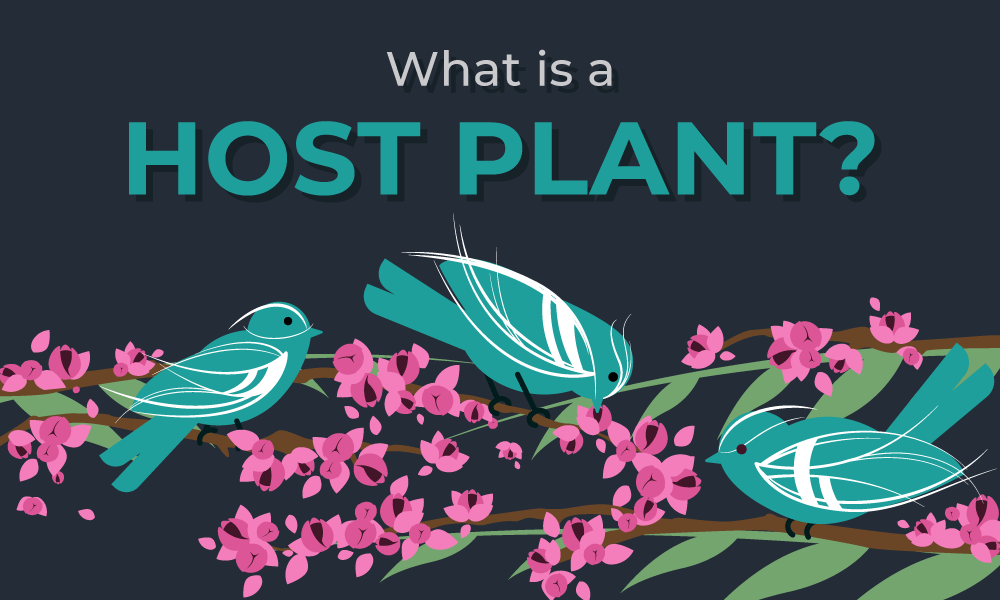Going outside and seeing all that greenery always felt relaxing and soothing but have you ever noticed that some particular kind of plants are everywhere, no like really turn your head around and they are everywhere, roadsides, temples, schools, parks, offices and might be even in your garden or in your flowering pot. Isn’t this is good? That plant is surviving and growing well in today’s world. What’s wrong with that?
Well in reality that plant is causing more harm than good.
Yes, it is shocking, how a plant could cause harm. But it is happening all over the world. The plants we are talking about are invasive plants.
What is an invasive plant?
If we keep things simple, then invasive plants are those plants that are not native to a certain area, but accidentally or purposefully got there from other regions and spread like wildfire in that new environment. These plants are not from that place, but somehow they entered that new world and started taking over all the native plants that had been there for ages. They compete with native plants for water, light, nutrients, and space. And now all those native plants are slowly disappearing. Invasive plants cause the decline of 50% of India’s native species of plants. They degrade wildlife and water quality, increase soil erosion, and displace native food sources, not just for animals but also for humans.
More than 66% of India’s natural environment and around one-sixth of Earth’s land are infected by invasive plants. The impact of invasive species is much greater than we can even imagine. Invasive species are the second biggest threat to biodiversity (right after habitat loss!).

How invasive plant is different from a native plant?
A native plant is familiar and evolved to live in its environment, it knows what is right for it and the environment. For example, a native plant will require only the reasonable amount of water that is available in its surroundings, that way it will not be overusing water or any other nutrient. Also, many other plants animals or insect species keep control of over spread of any species. That way everything from plants to insects to animals has their needs fulfilled, without taking over any other species. This is the harmony mother nature has created in millions of years. But because of humans, this harmony has been disrupted.
And now if we talk about invasive plants, they don’t know how to live in that environment, they don’t know how to collaborate with other plants or animals for resources, and in this miscommunication, sometimes these foreign plants try to take advantage of other species and if they get succeed, then that is what we call an invasive species. In just a few years those plants slowly will spread and take over all the plants that were once there.
Plants that are invasive in India
India has the most invasive plants among seven South Asian countries. A study found that 66% of India’s natural environment is threatened by invasive plant species. The United States has the highest number of invasive alien species. The United States has 523 species, the highest in the world, followed by New Zealand with 329 species, and Australia with 322 species.
1. Lantana Camara

Order: Lamiales – Family: Verbenaceae
Native to: South America
Came in: 1809
Lantana is not just the headache of India but also more than 60 countries are suffering from this. Lantana is one of the world’s top 10 invasive species, Lantana has now taken over major wild habitats from the north Himalayan mountain to the western ghats of south India. Lantana was native to South America and was brought to India by Britishers as a decorative plant, for its bright colour flowers. But long ago lantana has escaped gardens and now invaded 303,607 km2, almost 50% forests of India. It is widely found in dry deciduous forests of central India, Shivalik hills and southern western ghats.
Lantana thrives very well in India’s tropical climate, where it grows the whole year, in every environment there is always an animal or insect which eats a particular plant, that is how the food chain works. But because of being a foreign plant, lantana does not have any species in India that can take control of it. On the other hand, the variety of colourful petals and fruits is very good in attracting more pollinators like butterflies and many kinds of birds, which increases it even more.
Lantana does not let grow anything under it on the ground, which is reducing the population of grass-eating animals like elephants, deer and rabbits. Lantana takes the moisture from the ground very dramatically, leaving the soil dry and barren, hence nothing else can grow there. Lantana also releases toxins through its roots to kill other plants in its surroundings.
During the forest fire, India mostly gets ground fire but because of the increase of lantana in the forest, the height of this hellish plant takes fire even higher to the trees, causing the burning of the trees as well. Its leaves cause skin rash on humans, and animals get food poisoning. Accidental eating its barriers can even kill human kids.
2. Senna Tora
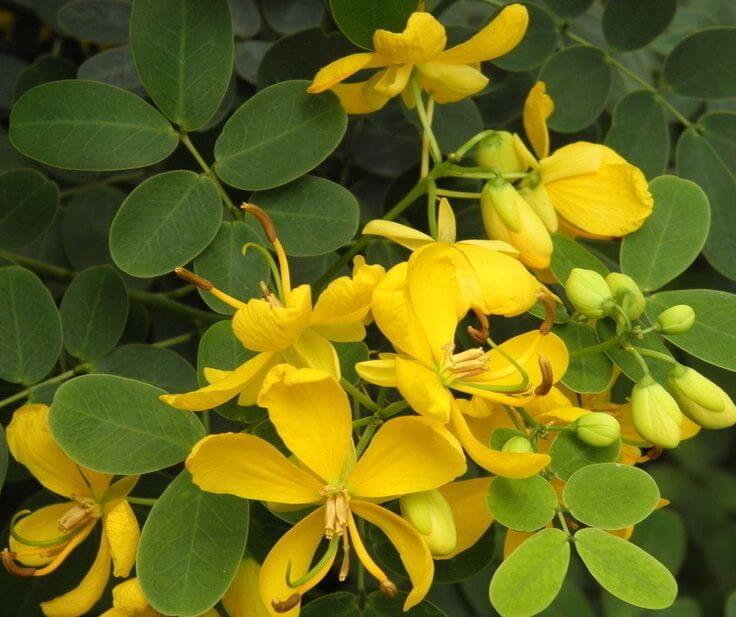
Order: Fabales – Family: Fabaceae
Native to: South America
Senna tora is the most successful invasive plant in India that grows in India’s dry wastelands during the rainy season. It grows very easily every year and can tolerate any sort of stress very easily. It flowers from October to February, after the monsoon rains. Seeds of this plant can be grown even after 20 years. After the rain, up to 1,000 of its plants can grow per square meter.
Senna has affected wild ginger, turmeric, tubers, and other medicinal plants in the Western Ghats. It grows quickly, and animals avoid it because its leaves smell bad when crushed. Senna can also burn your eyes and face when you remove the bark of its tree to kill them.
3. Prosopis Juliflora

Order: Fabales – Family: Fabaceae
Native to: South America and Mexico
Came in: 1877
Prosopis juliflora was brought to India to meet the fuel and wood requirements of rural India and to restore degraded lands. Now this plant is not just fighting with the local plants for resources but also affecting the nesting of the birds.
A research was conducted in Vettangudi Bird Sanctuary in Tamil Nadu. The vegetation of that area is mostly Prospis juliflora and Acacia nilotica (babul tree, which is a native tree for that region). The research shows that in babul, nests were located at nodes with more than two branches and were distributed evenly on the trees, but in Prosopis, they were located not just at nodes but all over the branches. The number of nests was higher on the Prosopis plant than it was on the native babul plant. There was no difference between the number of eggs in the nest but there was a high number of fallen eggs and chicks on the ground for the prospis plant.
This shows that the high number of these foreign plants in this area affects birds in their nest construction and reconstruction process, the birds get confused and pick the wrong tree, which is not suitable for building their nest and later their nest collapse and this results in a smaller population of the bird.
4. Argentina Adenophora
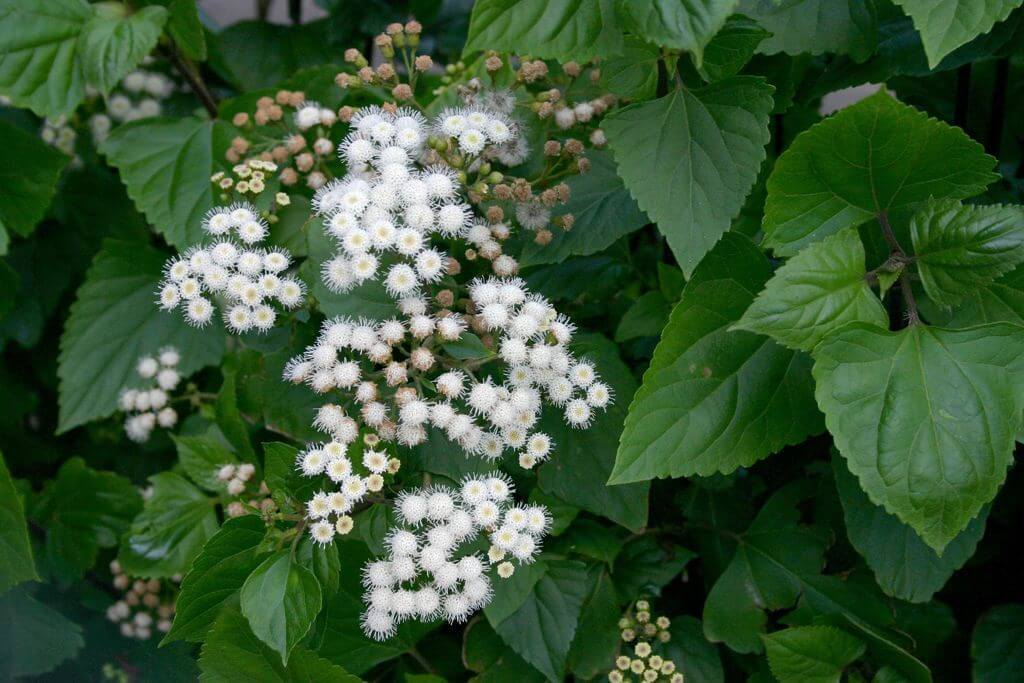
Order: Asterales – Family: Asteraceae
Native to: Mexico and Central America
Came in: 1950
Ageratina adenophora can spread vegetatively, meaning its stems can sprout roots and grow when they touch the ground. A single plant can produce up to 10,000 seeds per season. Its seeds are so tiny and lightweight that and can be carried by the wind or water, and can travel short and long distances. It can even spread in areas like fields and areas near human habitation. Adenophora plants can mess with the soil microbial community, which originally evolved to benefit the native plants but this plant can mess with it to benefit themselves. Not just that, this plant also has high stress tolerance and high plasticity which means its physical damage to the animals is not that damaging to it. It’s increasing very rapidly in the Himalayan region.
5. Ageratum Conyzoides
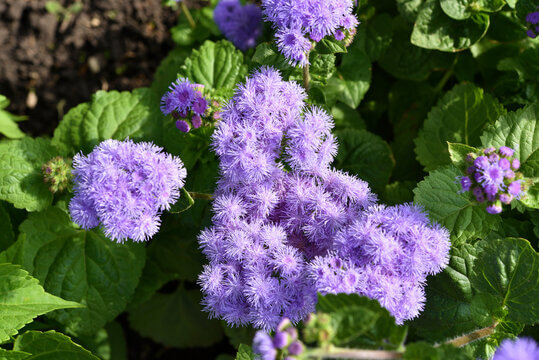
Order: Asterales – Family: Asteraceae
Native to: Tropical America, especially Brazil
Came in: Around 1882
Ageratum conyzoides, also known as Billy goat weed, is a weed that has invaded India from subtropical America. It has become a biological pollutant, especially in croplands, damaging the pH of the soil. Ageratum conyzoides is one such widely adaptive weed from sub-tropical America that has entered the Shivalik hills of the Hamrpur district of Himachal Pradesh. It has grown as monocultures, in grasslands, forests, agricultural, plantations and horticultural fields in Himachal Pradesh.
As per the survey conducted, there were 81 species found in the uninvaded area and just 55 species in the Ageratum invaded the area. The number of species decreased by 32.10% because of the Ageratum invasion.
6. Parthenium Hysterophorus

Order: Asterales – Family: Asteraceae
Native to: Tropical America
Came in:1954
Walking on the road you might notice a tall grass which seems to contain a tiny califalour on its edges. This plant is parthenium, it came to India in 1954 when India was suffering from food shortage. India imported wheat from the USA and that wheat was of low quality along with that this invasive plant entered India, and since then it is not everywhere.
A single parthenium plant can produce between 10,000 to 25,000 seeds. And the seeds are so tiny that even wind carries it very far from the places. The climate of India helped this plant to spread all over and thrive, not just that a recent study has shown that if the condition has not changed then 65% of the country could be covered by parthenim. In India parthenium is found in every state but Three regions- the western Himalayas, north-eastern states and south India are the main hotspots. Not just India, parthenium has its invasion over more than 40 countries around the globe.
Its invasion has reduced the crop yield by almost 40% and dropped the production of forage(chara) by 90%. It also causes health problems like skin irritations and allergies in people.
7. Chromolaena Odorata
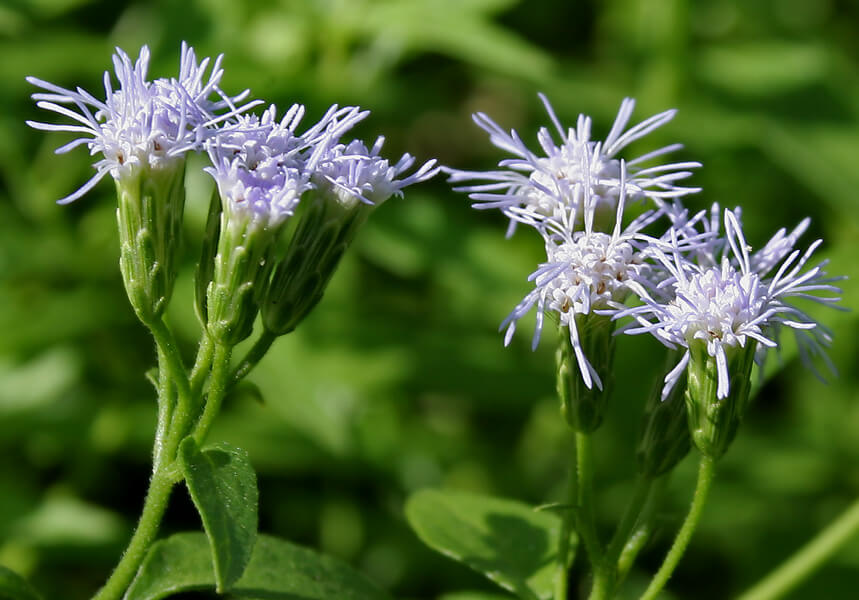
Order: Asterales – Family: Asteraceae
Native to: North America
Came in: 1840
These beautiful purple-looking flowers can be easily found growing on the roadside but they are causing major environmental damage. Chromlaena has taken over more than 20% of India’s natural habitat. This invasive plant had caused the wipeout of so many native species like Sida cordifolia, which was used to treat bronchial asthma, cold and flu, chills, headache, nasal congestion, and aching joints and bones.
Read more: What is a Host Plant?
If you have some suggestion on which we should write or you have any query and something else, you can contact us. Please do share this blog with your family, friends, and others so they can also know about Invasive plants of India.

































